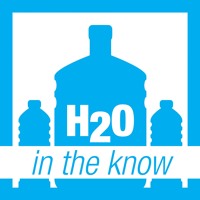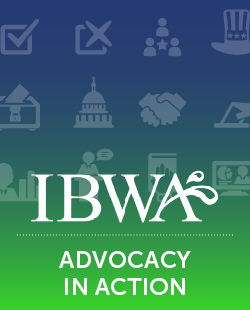LTE Response to June 9, 2003 Article from Scientific American
LTE Response to June 9, 2003 Article from Scientific American
July 3, 2003
Letter to Editor
Scientific American.com
Via E-Mail
To the Editor:
Is Scientific American now relying on magicians Penn & Teller and their sketch comedy cable program as a credible, expert resource for covering scientific issues? Apparently so (“Bottled Twaddle,” Scientific American.com, June 9, 2003). Reporter Michael Shermer, in relying on the comic relief of Penn & Teller and the soundly-refuted studies of so-called environmental groups failed to share with readers accurate facts about bottled water. Even the taste tests that Mr. Shermer cites from Penn & Teller’s program were admitted by the hosts to be “unscientific.” And I thought that Scientific American was a publication that based its coverage on, well, science.
When consumers decide to purchase bottled water, they are exercising choice over the other beverages in the consumer marketplace. For their money, consumers are receiving the consistent safety, high quality, good taste and convenience of bottled water. They are demanding water for drinking — at home and on-the-go — and the availability of bottled water satisfies that demand. Would Mr. Shermer rather have consumers have only a choice of carbonated soft drinks or bottled juice, tea or sports drinks? Or what if a consumer forgets their refillable container?
Municipal-source bottled water is a valid bottled water source recognized by the U.S. Food and Drug Administration (FDA), which regulates bottled water as a packaged food product. I am not, however, aware of any branded municipal-source bottled water that has not been further processed to enhance the quality and safety of community water already meeting U.S. Environmental Protection Agency (EPA) standards. This means that this bottled water type is produced under the protection of FDA food safety and production standards, including bottling under sanitary conditions in sanitary containers as required by the FDA Good Manufacturing Practices.
As for a comparison of bottled water to community water standards, the federal Food, Drug and Cosmetic Act mandates that bottled water standards of quality are, at a minimum, at least as stringent and no less protective of public health than those for community drinking water systems. But, EPA standards are a starting point; a baseline for bottled water standards, which again then must adhere to FDA’s general food and bottled water-specific regulations and standards. Under FDA food regulation, bottled water is subject to enforcement actions ranging from warning letters to product seizures, which help ensure that adulterated or mislabeled products do not reach the consumer.
And what about testing and monitoring? FDA, like EPA, requires monitoring and testing for total coliforms and, in fact a comparison of the monitoring frequency required for community water systems in contrast with bottled water shows that there is substantially more monitoring of all parameters conducted on bottled water on a delivered water basis. Moreover, public water systems often obtain waivers or reductions in frequency for testing and monitoring based on a number of factors such as the size of the population served. There are no waivers of any standards for bottled water, no matter how many consumers choose a particular brand.
Is a buck and change an “exceptional price” for consumers to have available the choice of safe, high quality water that is bottled in a sanitary container? I think not and, apparently, nor do millions of consumers who decidedly make bottled water their beverage choice every day.
May I suggest that, when it comes to bottled water and other topics, stick to the science and not the comedians.
Sincerely,
Stephen R. Kay
Vice President, Communications, IBWA


